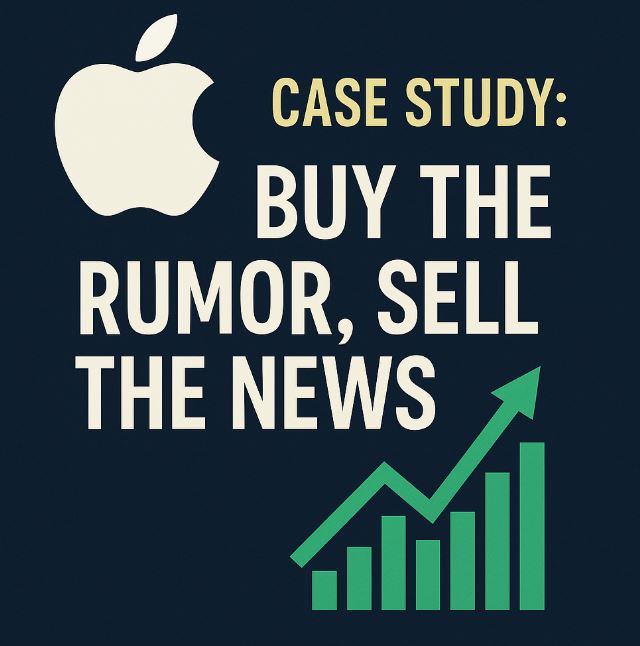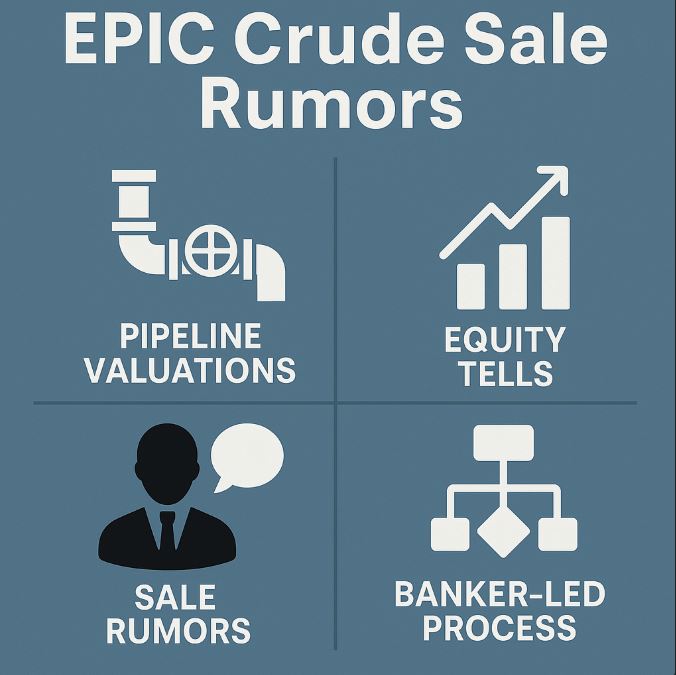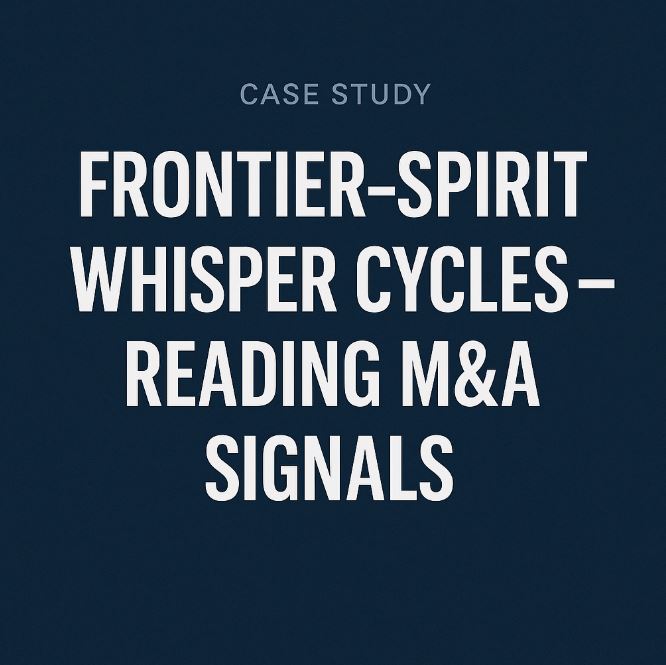When traders talk about “buy the rumor, sell the news,” Tesla is one of the best real-world examples. This classic Wall Street phrase means investors often push a stock higher in anticipation of good news—only to sell once the actual announcement is made. For newcomers to rumor trading, Tesla’s quarterly delivery reports provide the perfect case study to learn how market psychology shapes price action.
The Phenomenon: Tesla’s Delivery Day Drama
Unlike most carmakers, Tesla’s delivery numbers aren’t buried in broader reports—they’re released as standalone announcements each quarter. Because deliveries signal both production capacity and consumer demand, investors treat them as critical milestones.
In the weeks leading up to the release, a rumor cycle emerges:
- Internal Leaks & Trackers: Unverified screenshots, satellite photos, and registration data spread on forums and social media.
- Analyst Forecasts: Wall Street banks publish delivery estimates, which shape investor expectations.
- Media Hype: Financial outlets amplify every whisper, pulling more traders into the speculation loop.
This swirl of information creates the “rumor mill” that often drives Tesla’s stock higher before any official number hits the press.
“Buy the Rumor”: The Pre-Announcement Rally
As optimistic leaks and analyst upgrades circulate, traders buy Tesla shares in anticipation of a strong report. This creates buying pressure, sending the stock higher before the news is out.
For learners, the key idea is this: if the crowd expects good news, much of the potential gain happens before the actual event. Smart traders position early, not after the announcement.
“Sell the News”: The Post-Announcement Reality
Here’s where psychology flips:
- Numbers Match Expectations: The stock often dips, because the good news was already priced in.
- Numbers Beat by a Lot: Shares can rally further, but many early buyers still lock in profits, creating short-term pullbacks.
- Numbers Miss Expectations: Panic selling can cause sharp drops.
This explains why new traders are sometimes shocked to see Tesla fall even after “good” news.
A Noteworthy Example: Q2 2025
Before Tesla’s Q2 2025 report, chatter about new gigafactory ramp-ups and bullish analyst notes pushed the stock steadily higher. When Tesla confirmed record deliveries, the numbers were strong but matched the “whisper estimates.” After an initial pop, shares pulled back as traders took profits—a textbook case of “sell the news.”
Q2 2025 Earnings Reality Check: When the News Hits
Let’s bring in the real data—and see how it influenced market behavior.
What the Numbers Said
- Tesla reported non‑GAAP EPS of $0.40:
- In line with some expectations (e.g. Zacks’ $0.39), but $0.03 below the consensus of $0.43 (Source)
- Revenue clocked in at around $22.5 billion:
Market Reaction: Sell the News in Action
- Despite a respectable EPS and minor revenue upside, the stock slid between 5% to over 8% in after-hours trading (source)
- The decline was triggered by deeper issues: plunging regulatory credit income, the end of EV tax credits, and rising competition—all dimmed near-term outlooks (source)
- Musk’s warning of “rough quarters ahead,” even as he touted robotaxis and AI growth, added to investor caution (source)
Lessons for Rumor-Based Trading
This is a real-world demonstration of “sell the news.” Even when outcomes meet or slightly exceed rumors or estimates, stocks can tank. That’s why:
- It’s critical to anticipate not just the figures, but the driver behind market psychology.
- If expectations are sky-high, a modest beat—or even a match—may not be enough to sustain the rally.
- Understanding catalyst-driven forward guidance (like Musk’s forecast for rough quarters) is just as important as delivery numbers.
How to Apply This Strategy as a Beginner
To use “buy the rumor, sell the news” effectively, follow this checklist:
- Track Leaks & Social Buzz: Watch for credible chatter about deliveries or production.
- Compare to Analyst Consensus: Are rumors above or below Wall Street forecasts?
- Monitor Price Action: If the stock is already rallying, much of the news may be priced in.
- Plan Your Exit: Decide in advance whether you’ll take profits before or just after the announcement.
- Manage Risk: Always size trades small—rumors can be wrong, and reactions unpredictable.
Conclusion: Lessons from Tesla
Tesla’s delivery cycle perfectly illustrates rumor trading in action. For beginners, the big lesson is that markets move on expectations as much as reality. By learning to spot the rumor phase, judge sentiment, and manage exits, traders can better navigate this high-risk, high-reward strategy.
The next time Tesla’s delivery numbers approach, don’t just read the headlines—watch the build-up of rumors, track the price behavior, and see the psychology play out for yourself.




Pingback: Case Study: EPIC Crude Sale Rumors — Pipeline Valuations and Equity Tells - Market Rumors Daily